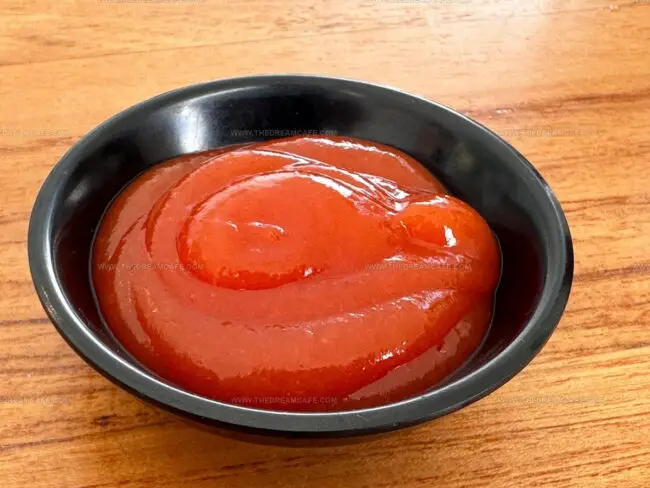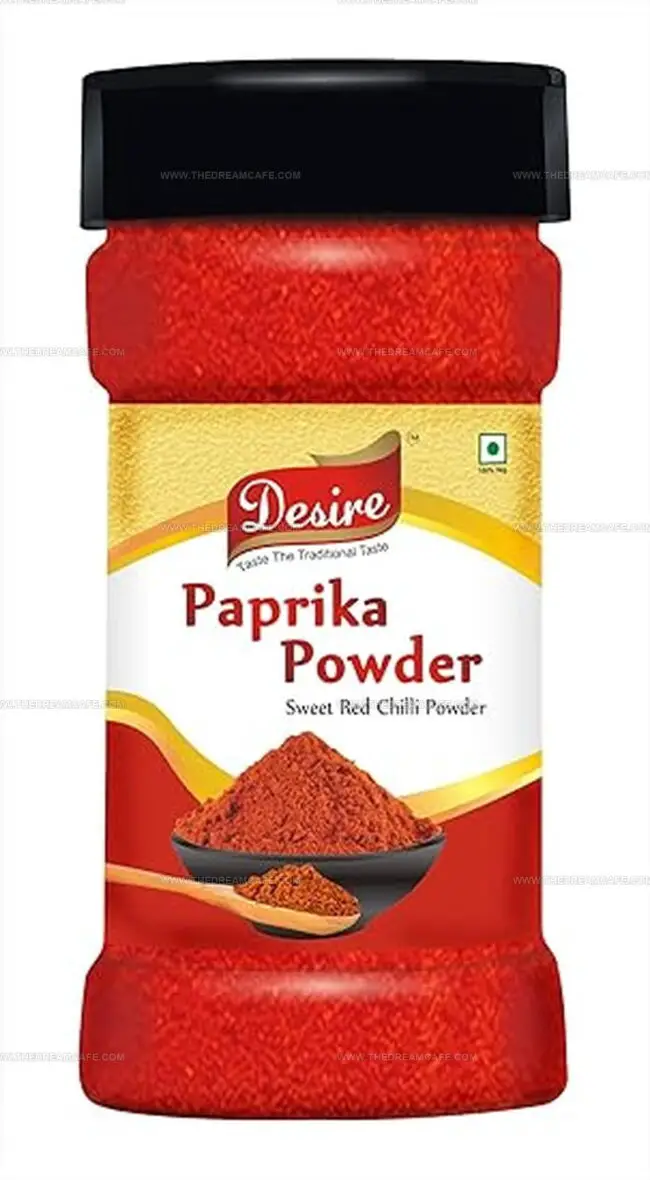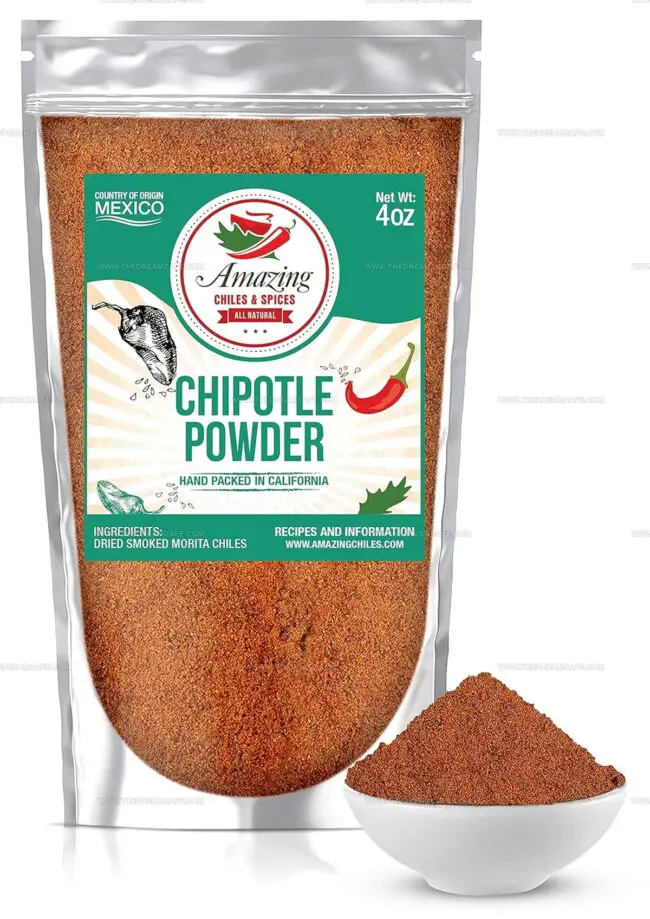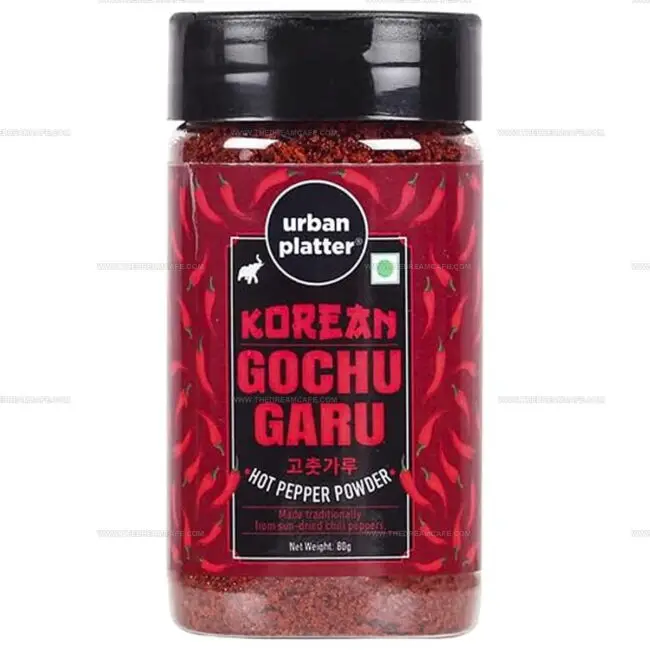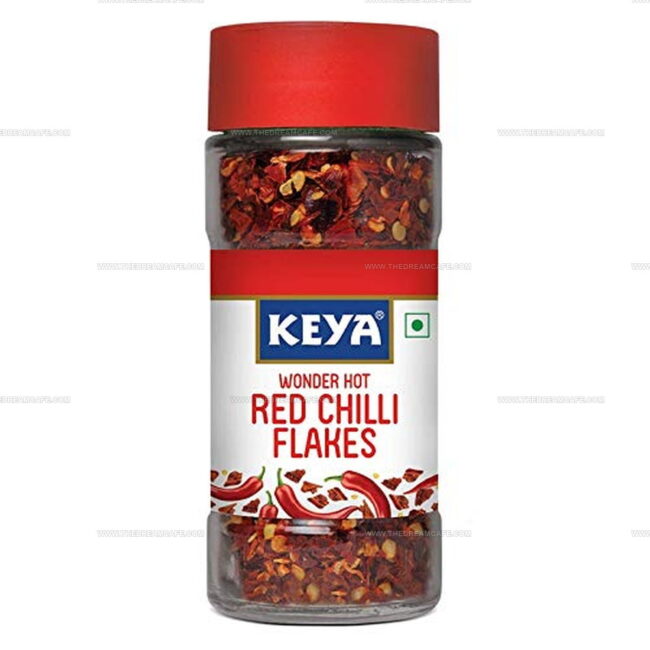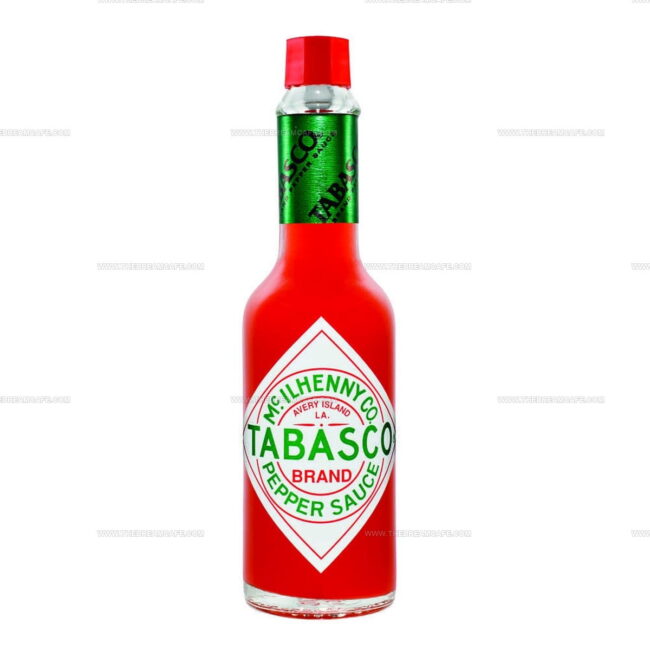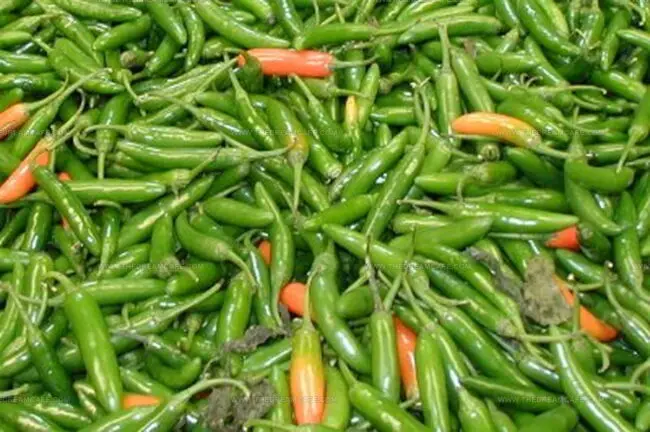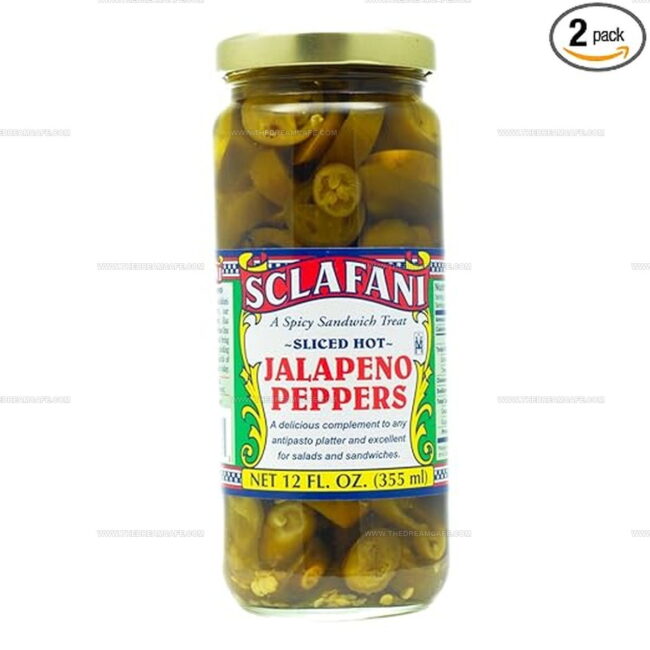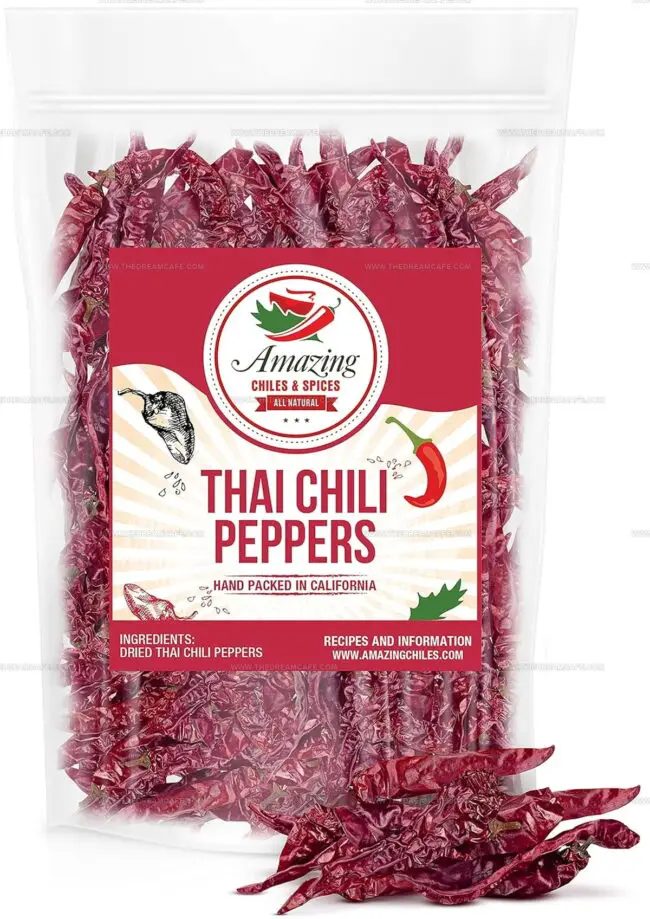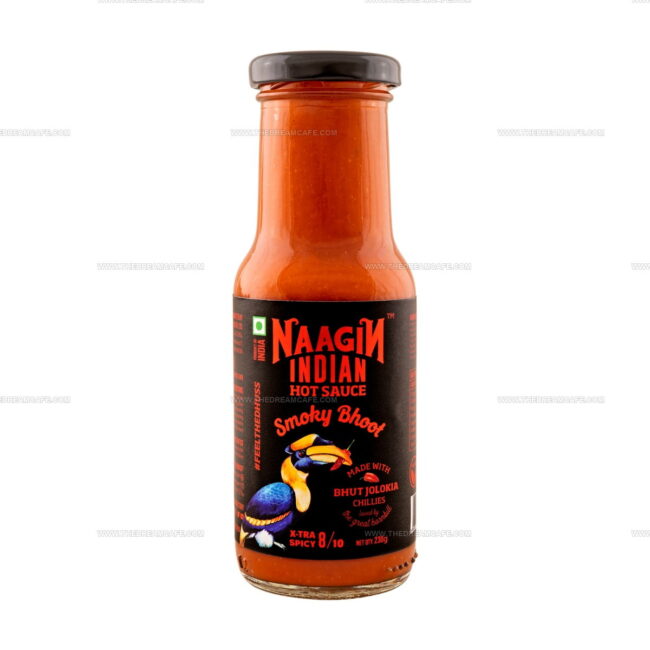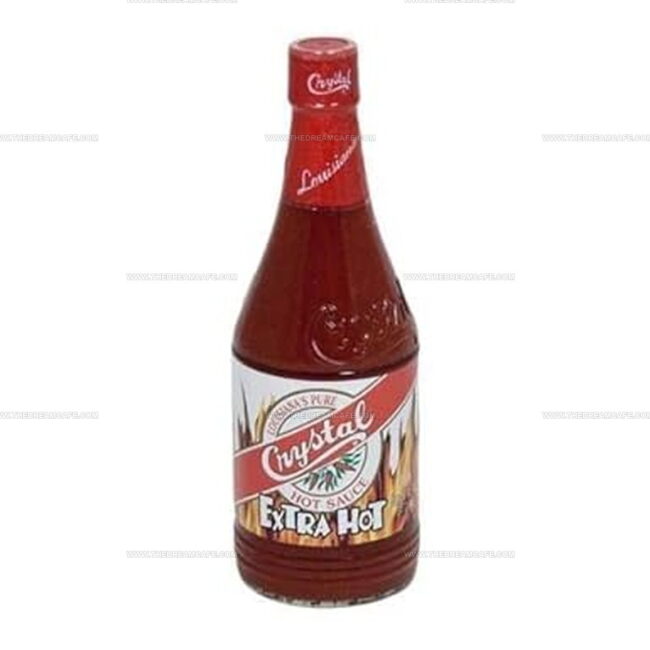12 Replacing Cayenne with Chili-Style Sauces
Substituting cayenne pepper for chili-flavored sauces can dramatically transform your cooking experience with just a dash of this fiery spice.
When a recipe calls for a sauce that’s out of reach, powdered cayenne often becomes the go-to alternative.
Its concentrated heat differs from prepared sauces, delivering a sharper, cleaner spice profile.
Accurate measuring is crucial since volume and flavor complexity vary between the two.
Though the final taste changes, the swap can provide an exciting heat punch without unwanted flavors.
Additional ingredients can balance the intensity and mimic sauce depth.
Our guide will walk you through making this substitution work flawlessly in diverse recipes.
Why People Seek Chili Sauce Substitutes
People look for chili sauce substitutes for many reasons, whether it’s about taste, health, or simply what’s on hand in the kitchen:
What Are Ideal Cayenne Pepper Substitutes?
No cayenne pepper around? That’s not a big deal. You can still keep your recipe moving forward. Small changes make cooking simple.
Paprika
Cayenne pepper substitutes can save your dish when you run out of this spicy essential.
Paprika stands as the top replacement, derived from mild red peppers that resemble cayenne in color and texture but deliver less heat with only 250-1,000 SHU, so you'll need to double the amount in recipes.
Hot paprika works best among the three varieties (hot, sweet, and smoked) since it most closely matches cayenne's fiery kick.
Smoked paprika offers another good option, adding a pleasant smokiness that complements dishes like tandoori chicken, kebabs, and barbecue favorites.
Chipotle Powder
Chipotle powder, made from dried, smoked jalapeños, shares cayenne’s capsaicin-driven heat but adds a rich, smoky dimension.
Although cayenne runs hotter (30,000–50,000 SHU) and chipotle is milder (2,500–8,000 SHU), you can substitute by using about 1½ to 2 times the amount of chipotle powder to achieve comparable spice levels.
The smoky undertone enhances chilis, rubs, sauces, and stews; so if you’re okay with a deeper, campfire-like flavor, chipotle makes a flavorful stand-in for straight cayenne.
Adjust to taste and remember to balance any extra smokiness with sweetness or acidity in your recipe.
Korean Gochugaru
Substituting cayenne pepper in recipes becomes much easier when you know about gochugaru, the vibrant red Korean chili flakes that offer a milder heat level with unique sweet and smoky undertones.
This popular Korean ingredient ranges from 5,000 to 8,000 SHU on the Scoville Scale, making it less intense than cayenne while still adding significant flavor to dishes.
The coarse texture of gochugaru differs from cayenne's fine powder, but a quick run through a spice grinder can easily solve this issue when needed.
Red Pepper Flakes
Substituting red pepper flakes for cayenne pepper offers cooks a versatile option despite some key differences in heat intensity.
These coarse, colorful flakes make an excellent garnish for pizzas, salads, eggs, and quiches when you need something with visual appeal.
Since red pepper flakes contain milder chile varieties like Fresno and Anaheim peppers (ranging from just 500 to 10,000 SHU), they deliver a gentler kick than potent cayenne.
You simply need to add a bit more of the flakes to achieve comparable spiciness in your dishes.
Tabasco Peppers
Tabasco, a fiery Mexican chili pepper, is the main component in the renowned Tabasco sauce along with vinegar and salt.
This spicy substitute matches cayenne's impressive heat level, ranging from 30,000 to 50,000 Scoville Heat Units, making it perfect when you need a cayenne replacement in cooking.
Recipes requiring fresh cayenne pepper welcome Tabasco as an equal stand-in with no adjustments needed.
The distinctive flavor profile carries similar notes to cayenne while adding its own character to dishes.
Many cooks appreciate how seamlessly Tabasco works in sauces, marinades, and spice blends when cayenne isn't available.
Serrano Peppers
Spice lovers who find cayenne pepper too intense can reach for serrano peppers as a milder but still flavorful alternative.
Serranos sit lower on the Scoville Scale at 8,000-22,000 SHU, making them less fiery than cayenne but definitely hotter than the familiar jalapeño.
Many home cooks appreciate that serranos deliver a similar punch with more manageable heat, perfect for those who enjoy spice without overwhelming their taste buds.
The swap is straightforward - just double the amount of fresh serrano when the recipe calls for cayenne.
Jalapeno Peppers
Jalapeno peppers fall on the milder side of the heat scale compared to their fiery cousin, the cayenne pepper, which packs up to 12 times more punch at around 30,000-50,000 Scoville Heat Units.
The distinctive bright, green flavor of jalapenos makes them perfect for recipes where you want noticeable heat without overwhelming spice.
Roasting fresh jalapenos can create a rich, earthy taste that somewhat mimics certain aspects of cayenne's deeper flavor profile.
Many find success by simply doubling or tripling the amount of jalapeno called for when substituting in recipes that originally specify cayenne pepper.
Thai Peppers
Cayenne pepper has a recognizable heat level, but Thai chili offers a more intense experience at 50,000 to 100,000 SHU; twice as spicy as cayenne.
Both peppers share similar physical characteristics with their bright red color, slim shape, and slightly curved tips, making Thai chili an excellent substitute in most recipes.
These peppers aren't as fleshy as serranos or jalapeños, which are considerably milder alternatives when less heat is desired.
For the best results when using Thai chili in place of cayenne, start by adding half the amount called for in your recipe.
Hot Sauce
Substituting ingredients happens quite often when cooking, with cayenne pepper alternatives being particularly helpful for adjusting spice levels in your dishes.
Hot sauces make excellent replacements since they can deliver similar heat while adding unique flavor profiles that might enhance your recipe in unexpected ways.
Many chefs recommend options like Tabasco or sriracha when you need that spicy kick but don't have cayenne powder on hand.
The versatility of these liquid alternatives allows for easy measuring by drops or teaspoons to achieve just the right amount of heat.
You should remember that sauce substitutes may alter the moisture content of recipes, so small adjustments to other liquids might be necessary for perfect results.
Tabasco Sauce
Tabasco sauce offers an excellent replacement for cayenne pepper since both contain similar heat levels from closely related peppers.
Many cooks prefer this readily available alternative when their spice rack lacks cayenne, though its distinctive vinegar tang requires careful measurement in recipes.
Starting with just a few drops allows you to gradually build the desired spiciness without overwhelming your dish.
The liquid form distributes heat more evenly throughout soups and stews compared to powdered cayenne.
This flavorful substitute works particularly well in recipes where the slight acidity can enhance rather than distract from the overall taste profile.
Crystal Hot Sauce
Crystal Hot Sauce can substitute for cayenne pepper because both deliver similar heat and a bold pepper flavor.
While cayenne is a dry ground spice and Crystal is a vinegar-based liquid, they share the same core ingredient: cayenne peppers.
Crystal offers a milder heat and tangy acidity, making it ideal in sauces, marinades, soups, and stews where moisture is welcome.
To substitute, use about 1 teaspoon of Crystal for every ¼ teaspoon of cayenne pepper, adjusting to taste.
Keep in mind that Crystal adds liquid and a slight vinegar tang, so reduce other liquids if needed.
It’s best used when a touch of acidity complements the dish.
Franks Redhot
Frank’s RedHot works as a cayenne-pepper stand-in because its primary ingredient is aged cayenne peppers, giving it the same bright, moderately spicy kick.
Unlike dry cayenne powder, Frank’s adds vinegar tang and a thin liquid consistency, so start with about 1 teaspoon of sauce for every ¼ teaspoon of cayenne and reduce other liquids slightly.
If you need more concentrated heat without extra acidity, simmer the sauce briefly to thicken and mellow the vinegar.
Its familiar cayenne flavor layers seamlessly into soups, stews, rubs, and marinades - just adjust to taste for heat and tang.
How Chili Sauce Substitutes Affect the Taste and Texture of Dishes
Swapping chili sauce with another ingredient can change both the taste and texture of your dish, so it helps to know what to expect before making the switch:
Flavor Impact
Some chili sauce substitutes may be less spicy, sweeter, or tangier than the original, which can mellow the dish or introduce new standout flavors that change the overall taste.
Texture Changes
Substitutes vary in thickness and chunkiness, affecting how the sauce coats food, blends into stews, or clings to fried items, potentially altering mouthfeel and presentation.
Balance Of Sweetness And Heat
Many chili sauces balance sugar and vinegar for a sweet-and-sour profile; using hot sauce, sriracha, or pastes may lack this balance, requiring adjustments to sweetness or acidity.
Color Shift
Substitute sauces might be brighter red or browner, impacting the visual appeal and color consistency of your finished dish on the plate.
Layered Spices
Some alternatives include different spices or peppers that add complexity or smokiness, changing the flavor profile and personality of classic dishes like stir-fries or BBQ glazes.
Consistency In Cooking
Thicker sauces may take longer to fully incorporate into dishes, while thinner ones soak in quickly, potentially making textures softer or runnier if other liquids aren’t adjusted.
Troubleshooting Common Issues with Chili Sauce Swaps
Swapping chili sauce in recipes can sometimes lead to flavor or texture issues, but a few simple fixes will help your dishes turn out just right every time:
Chili Sauce Swaps: Your Burning Questions Answered
1. Can I use hot sauce instead of chili sauce in recipes?
Yes, but adjust the quantity, as hot sauce is usually spicier and thinner. Taste as you go and consider adding a bit of sugar or tomato paste to balance flavors.
2. What’s a quick homemade substitute for chili sauce?
Mix tomato paste or ketchup with hot sauce, a splash of vinegar, and a pinch of sugar to create a similar tangy, spicy profile.
3. Will using Sriracha or sambal oelek work as a chili sauce replacement?
Both Sriracha and sambal oelek can substitute for chili sauce, but they are usually spicier and less sweet. Adjust amounts and add sugar if needed.
4. Can I swap sweet chili sauce for regular chili sauce?
Sweet chili sauce can be used in a pinch, especially for dipping or glazing, but it will add more sweetness. Reduce other sugars in the recipe if you use it.
5. How can I reduce heat when substituting chili sauce?
Use a milder sauce or dilute a hot sauce with tomato sauce, ketchup, or even a bit of water. Add sugar or honey to mellow out the heat.
6. Is chili garlic sauce a good alternative to chili sauce?
Chili garlic sauce works well for added flavor and heat, but expect a garlicky taste. It’s a great choice for stir-fries and savory dishes.

